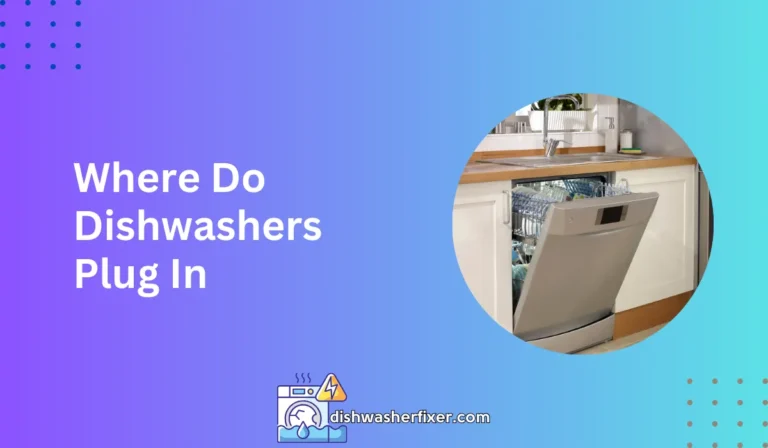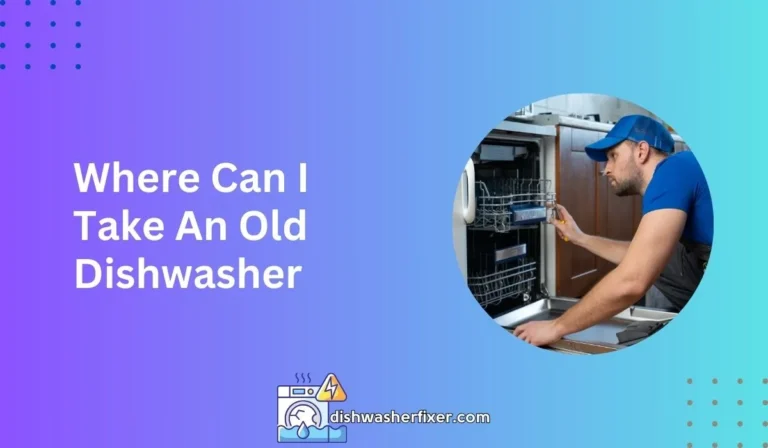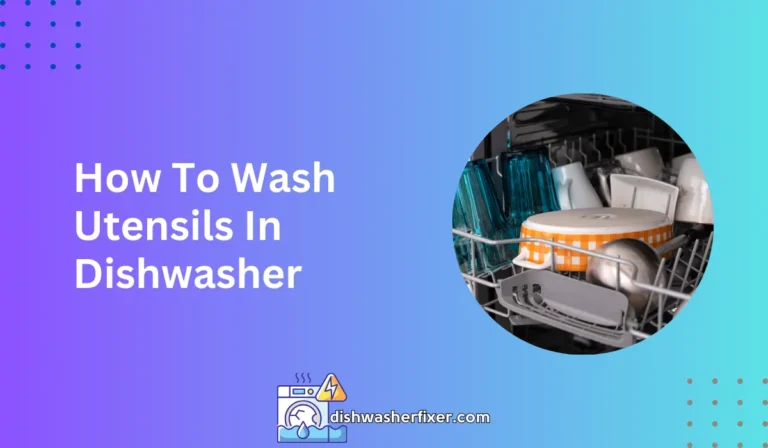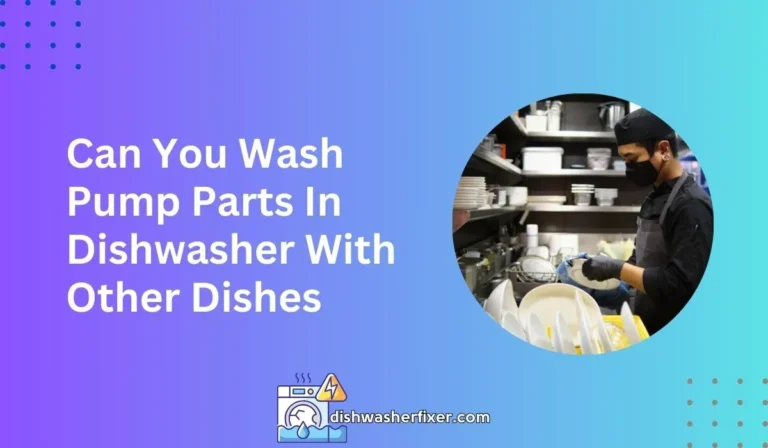How to Fix a Leaking Dishwasher: Quick & Easy Solutions
To fix a leaking dishwasher, first check the door gasket for damage and replace it if necessary. Ensure the dishwasher is level, and tighten any loose hose clamps. Inspect the spray arm for clogs and clear them. If leaks persist, consult a professional.
Identify the Source of the Leak
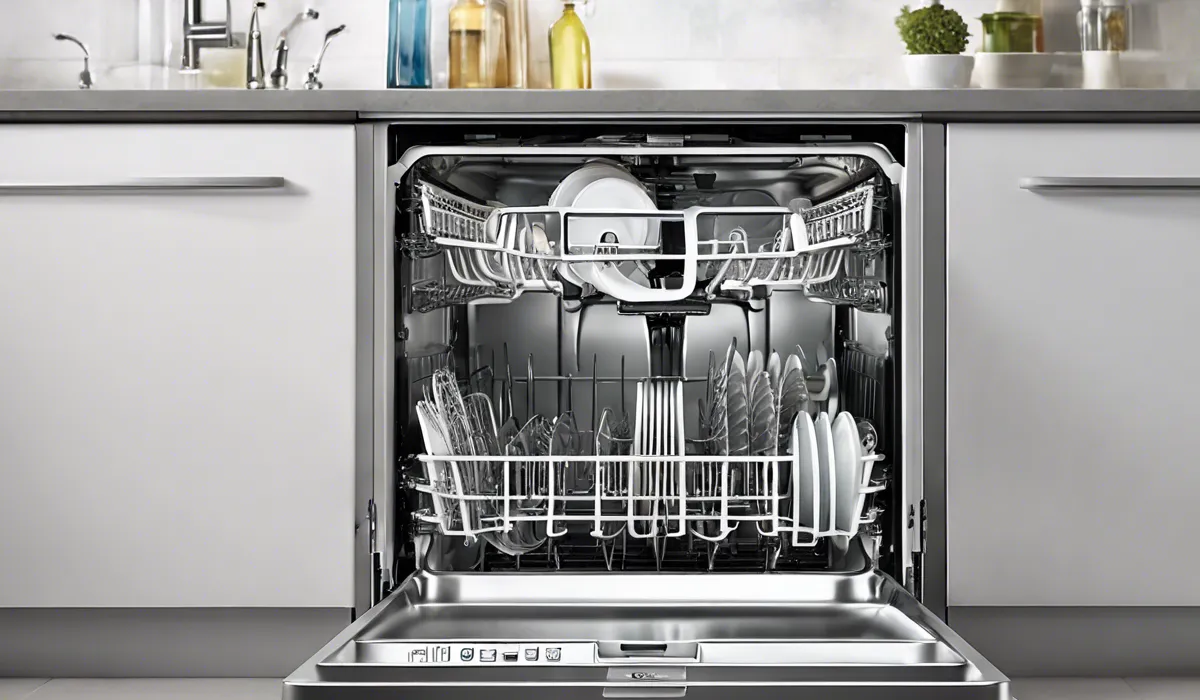
Check the Door Seal for Damage or Wear
A common culprit for dishwasher leaks is a damaged or worn door seal. Inspect the rubber gasket that runs around the edge of the door. Look for any signs of cracking, brittleness, or chunks missing.
If the seal is compromised, water can easily escape during a wash cycle, leading to puddles on the floor.
Inspect the Dishwasher Tub and Gaskets
Beyond the door seal, your dishwasher tub and other gaskets might be the source of the problem.
Regular inspection for any signs of damage, such as warping or deterioration, is essential. A leaking tub can be a more complex issue and might require professional assistance.
Examine Hoses and Clamps for Proper Connection
The hoses and clamps that supply and drain water from your dishwasher should be securely connected.
Loose connections can lead to leaks. Ensure that clamps are tightened and hoses are not kinked or punctured. It’s worth checking these components regularly as part of your dishwasher maintenance routine.
Look for Leaks in the Pump and Pump Seal
The pump is essential for circulating water in the dishwasher and can sometimes be the leak’s origin. Examine the pump and the pump seal for any signs of leakage.
If you notice moisture or a small pool of water directly under the pump, it’s likely that the seal is failing and will need attention.
Check the Water Inlet Valve for Cracks or Damage
The water inlet valve, which allows water to enter the dishwasher, can sometimes crack or wear out, leading to leaks.
This part should be checked for visible signs of damage. A malfunctioning valve can result in either too much water or continuous water flow, both of which can cause leaking.
Repair or Replace Faulty Components

Instructions on Replacing the Door Seal
If you’ve discovered that the door seal is the issue, you can typically replace it yourself.
First, remove the old seal by gently pulling it out of its groove. Clean the area thoroughly before inserting the new seal, ensuring it’s seated properly all around the door.
Steps to Repair or Replace the Tub Gasket
Repairing or replacing the tub gasket is slightly more involved. If the gasket is simply out of place, you might be able to reseat it.
However, if it’s damaged, you will need to purchase a replacement that’s compatible with your model and fit it firmly into place.
Guide on How to Secure or Replace Hoses and Clamps
If you’ve located a leak in the hoses or clamps, secure them by tightening the clamps with a screwdriver.
If the hose itself is damaged, it will need to be replaced. Make sure you buy the correct size and type of hose for your model.
Directions on Fixing or Changing the Pump and Pump Seal
Fixing the pump and pump seal can be a bit more challenging and might be best left to a professional.
However, if you’re comfortable with appliance repair, you can purchase a new pump or seal and replace the faulty parts by following the manufacturer’s instructions.
Procedure for Replacing the Water Inlet Valve
Replacing the water inlet valve involves turning off the water supply, disconnecting the power, and removing the valve’s mounting brackets.
Replace it with a new valve designed for your dishwasher’s make and model, and then reconnect everything before testing.
Preventative Measures and Maintenance
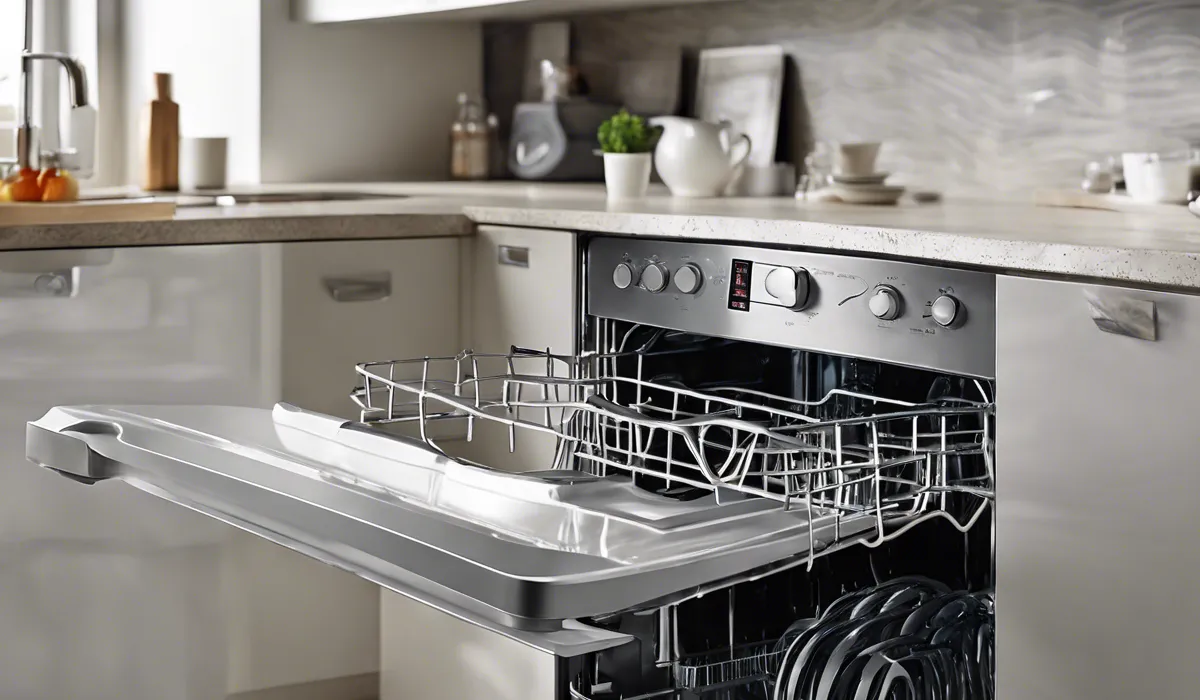
Regular Cleaning and Maintenance Tips for the Dishwasher
Keeping your dishwasher clean can prevent a variety of problems, including leaks.
Regularly remove and clean the filters, and run a dishwasher cleaner through a cycle to keep the interior free from buildup. Check for and remove any debris that could clog the spray arm or drain.
Advice on How to Properly Load the Dishwasher to Avoid Future Leaks
Loading your dishwasher correctly can help prevent issues. Ensure that dishes do not obstruct the spray arm’s rotation and that utensils do not poke through the basket, potentially leading to damage or misalignment, which could cause leaks.
Recommendations for Routinely Checking and Tightening Connections
As part of your regular maintenance routine, check all hose connections to ensure they are secure.
Loose connections can lead to leaks over time, so give them a gentle tug to make sure they’re tight and inspect for any signs of wear or damage.
Suggestions for Products That Can Help Maintain the Dishwasher’s Components
There are numerous products on the market designed to help maintain your dishwasher and extend its life.
These include specialized cleaners to remove grease and lime scale, as well as seal conditioners that can keep rubber components like gaskets from drying out and cracking.
FAQs About Fixing a Leaking Dishwasher
How do I check if the dishwasher door gasket is damaged?
Inspect the door gasket for any signs of wear, cracks, or damage. If you find any, replace the gasket to prevent leaks.
What should I do if my dishwasher is not level?
Adjust the dishwasher feet to level the appliance and prevent water from leaking out.
How can I fix loose hose clamps on my dishwasher?
Tighten any loose hose clamps with a screwdriver to secure the hose connections and stop leaks.
What should I do if the dishwasher spray arm is clogged?
Remove the spray arm and clear any debris or clogs from the holes to ensure proper water flow and function.
When should I consult a professional for a leaking dishwasher?
If after checking the gasket, leveling the dishwasher, tightening hose clamps, and clearing the spray arm, the leak persists, it’s time to consult a professional.
Final Thoughts
Addressing a leaking dishwasher involves examining the door gasket for damage and replacing it if needed. It’s crucial to ensure the appliance is level and to secure any loose hose clamps.
Checking and unclogging the spray arm is also recommended. Persistent leaks, however, should prompt seeking professional assistance.
